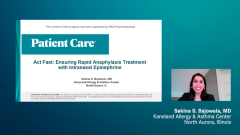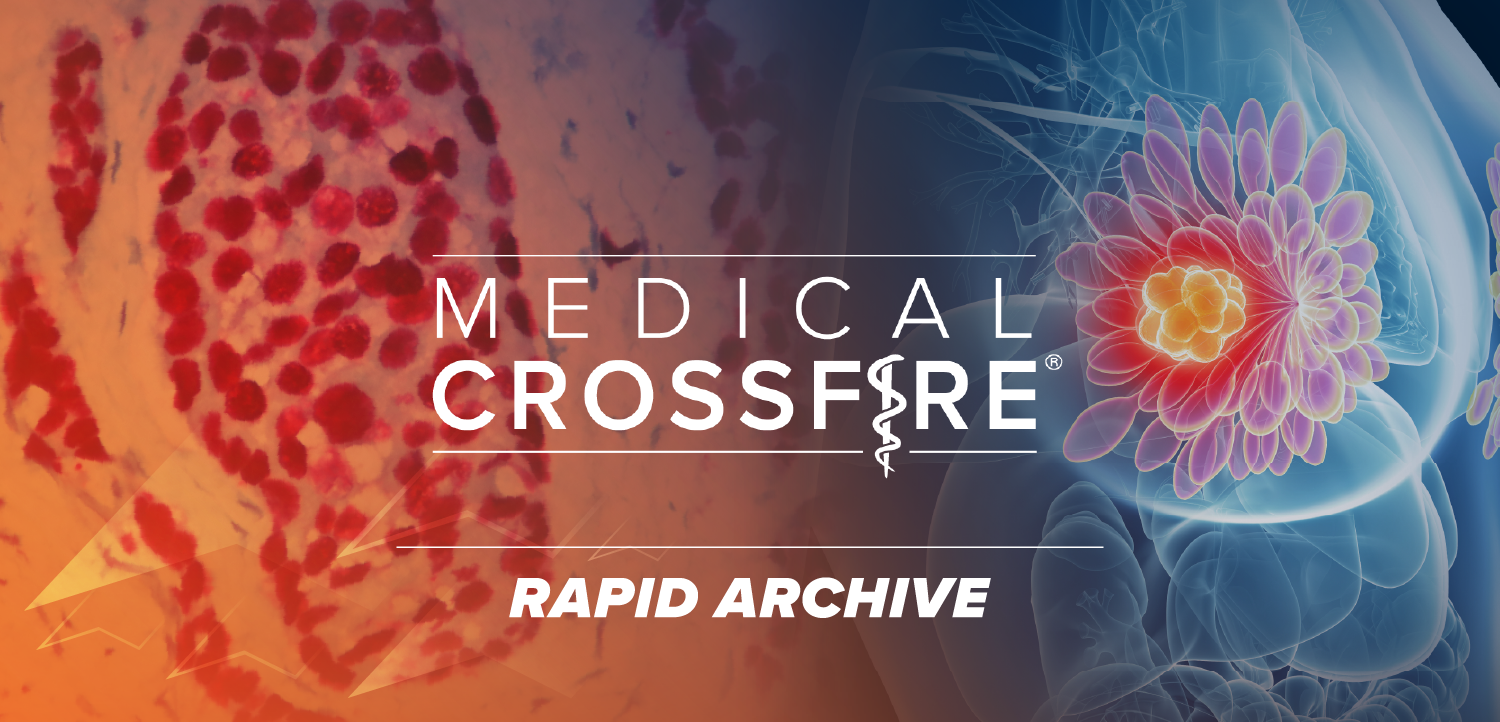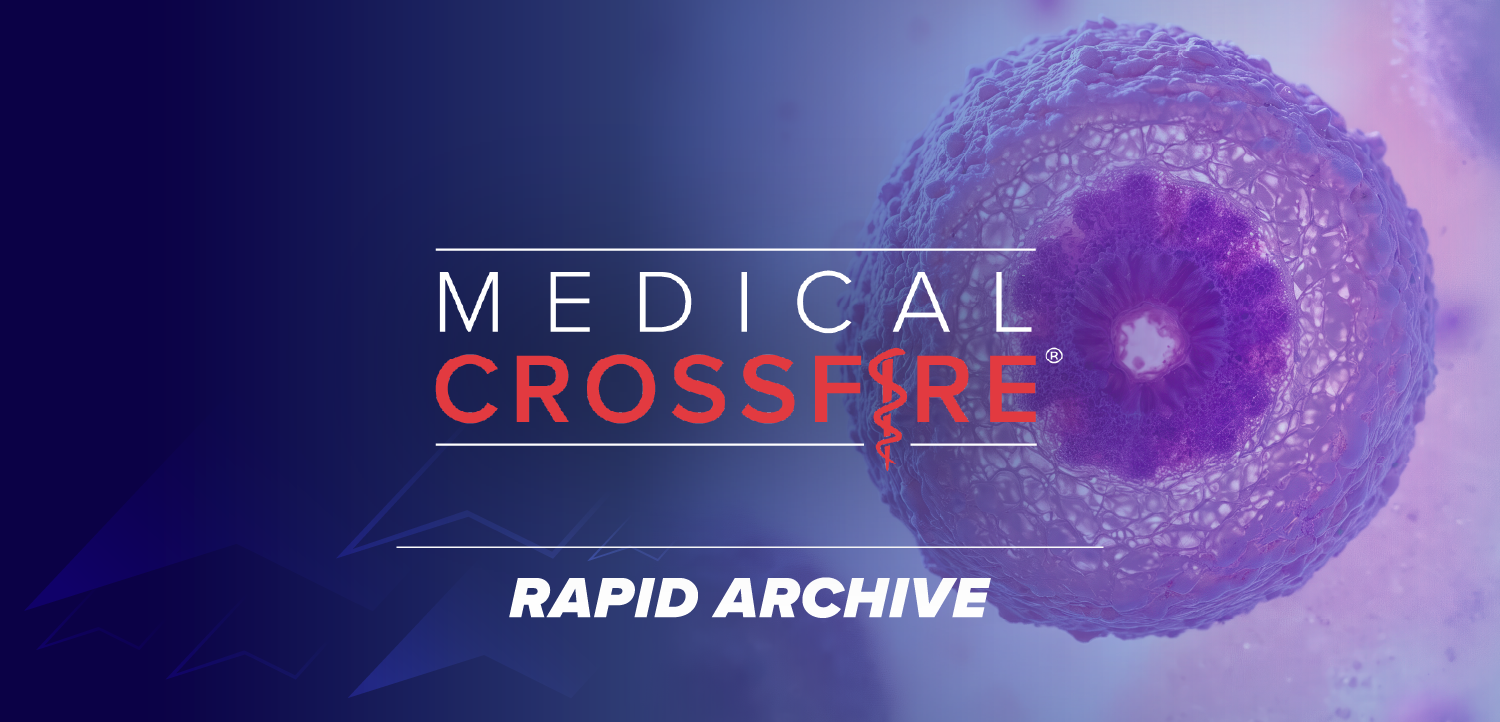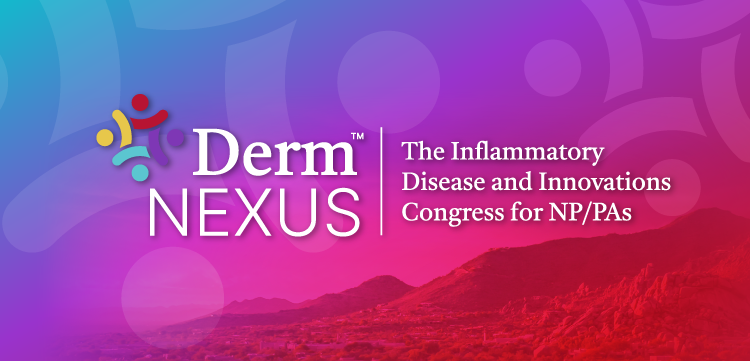
Epinephrine First: The Proven First-Line Treatment for Anaphylaxis
A panelist discusses how epinephrine is the first and only evidence-based first-line treatment for anaphylaxis, working through alpha and beta adrenergic receptors to rapidly reverse life-threatening symptoms unlike slower-acting antihistamines.
Episodes in this series

Epinephrine as First-Line Treatment for Anaphylaxis
Epinephrine stands as the first-line treatment for anaphylaxis, being the only medication with evidence supporting its ability to rapidly reverse life-threatening type 1 hypersensitivity reactions. This fast-acting medication directly addresses end-organ dysfunction by providing vasoconstriction to decrease hypotension and bronchodilation to improve breathing. In contrast, antihistamines serve only as second-line supportive care, acting more slowly and failing to treat the critical cardiac and respiratory symptoms of anaphylaxis.
The pharmacology of epinephrine involves action on alpha and beta adrenergic receptors throughout the body. Alpha receptor activation increases systolic blood pressure, improves blood vessel constriction, and decreases mucosal edema, thereby relieving hypotension, shock, and upper airway obstruction. Beta-1 receptor stimulation increases heart rate and blood pressure, further improving systemic circulation and reducing hypotension.
Beta-2 adrenergic receptor activation occurs later in the course of epinephrine activity, resulting in bronchial smooth muscle relaxation, skeletal muscle vasodilation, and inhibition of inflammatory mediator release from mast cells and basophils. These effects improve bronchial airflow, increase blood flow to skeletal muscles, and help reverse the pathological histamine cascade that can cause prolonged anaphylaxis symptoms in affected patients.
Newsletter
Enhance your clinical practice with the Patient Care newsletter, offering the latest evidence-based guidelines, diagnostic insights, and treatment strategies for primary care physicians.
















































































































































































































































































